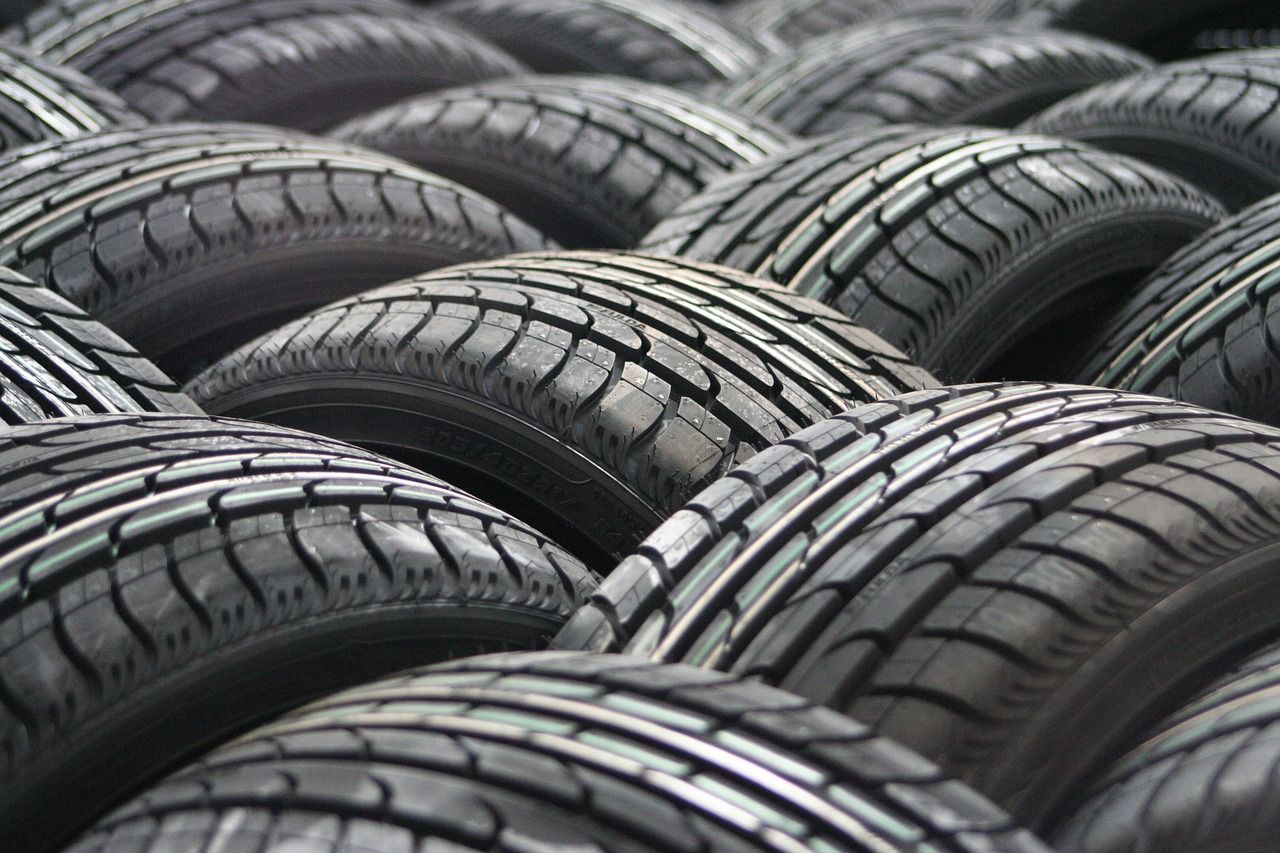Follow us on Google News (click on ☆)

Illustrative image from Pexels
To better understand the phenomenon and the factors that influence this difference, more in-depth studies are underway. They are taking into account driving behavior, such as acceleration, braking, city or highway use, tire type (winter, summer, all-season), manufacturer, and weather conditions, including temperature, rain, or snow. The power of these vehicles is also a wear factor, as tires endure more friction during start-ups.
"For a gasoline car, let's say you should be able to get 100,000 kilometers (about 62,000 miles) out of your tires. With an electric vehicle, you'll only get about 85,000 kilometers (approximately 53,000 miles), which is 15,000 kilometers (around 9,000 miles) less," illustrates the professor. "This is significant, considering that this represents what motorists typically travel on average per year. We effectively lose the equivalent of a year of tire use."
To address this issue in light of the shift toward electric vehicles, cars need to be lighter, or tires must become more durable, possibly by changing their size. "Keep in mind that the larger the tires, the harder they are to manufacture, handle, and change. In the context of garage congestion during tire changes, this is an important factor," emphasizes Professor Rodrigue.
In Quebec, a car must be equipped with winter tires by December 1st. Denis Rodrigue reminds us that scheduling an early appointment at the garage to avoid congestion isn't an option, as tires have an optimal temperature range. "Summer tires have harder rubber, while winter tires have softer rubber. Switching too early can lead to premature wear," explains Denis Rodrigue.
The challenges of recycling
To make tires more durable, their composition can be modified, but this complicates recycling. "Each company has its own secret formula with various ingredients and concentrations. When tires are collected, all the brands go to the same place and are shredded together. It's the same for summer and winter tires," highlights Professor Rodrigue.

Illustrative image from Pixabay
In his laboratory, when he receives a new batch of tires, his team analyzes them to get an approximate idea of their compositions. This helps determine how to process them, particularly with regard to choosing the right temperature. According to Professor Rodrigue, variations in composition especially pose a problem for retreading, which involves replacing the worn tread of a tire with a new one. "If we want good adhesion between the new tread and the old one, we need to know the tire's composition."
The simplest recycling method currently is reuse. "Tires are often cut and reused in pieces. For example, the outer part of the tire can be used to support orange cones by stacking two or three pieces to add weight to the base."
The tread can be used for barn mats or arena flooring. One company uses them to make dumbbells. Rubber particles are sometimes integrated into asphalt or concrete.
The number of tires being collected increases every year, so this trend is on the rise. According to Denis Rodrigue, this is a current issue because there aren't enough companies in Quebec to locally repurpose all the available quantities, especially entire tires that include metal, textile fibers, and rubber. Better outlets need to be found to create added value instead of burning or burying the material.